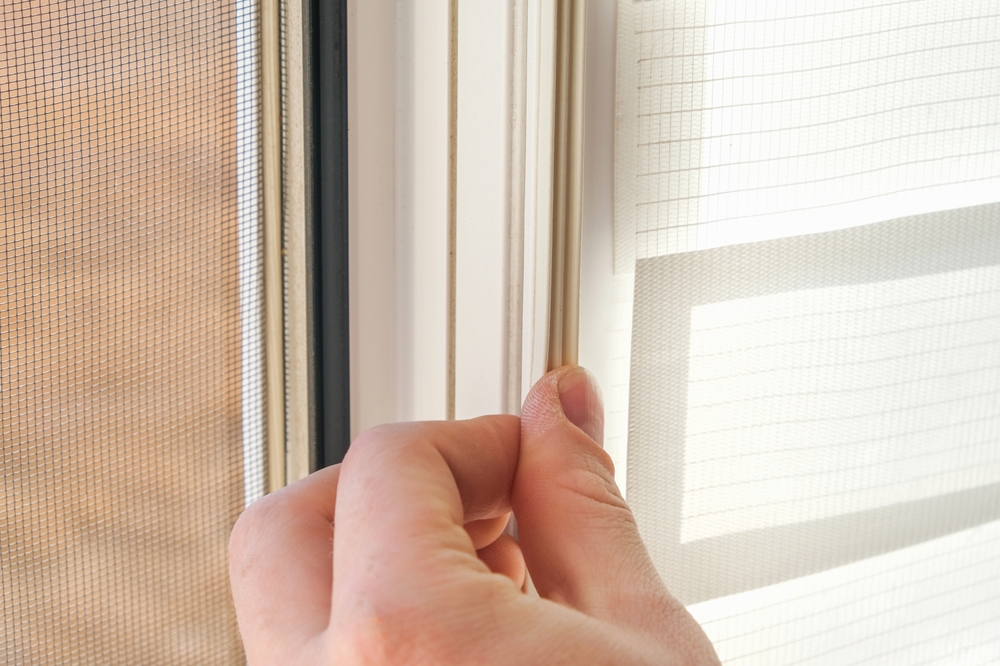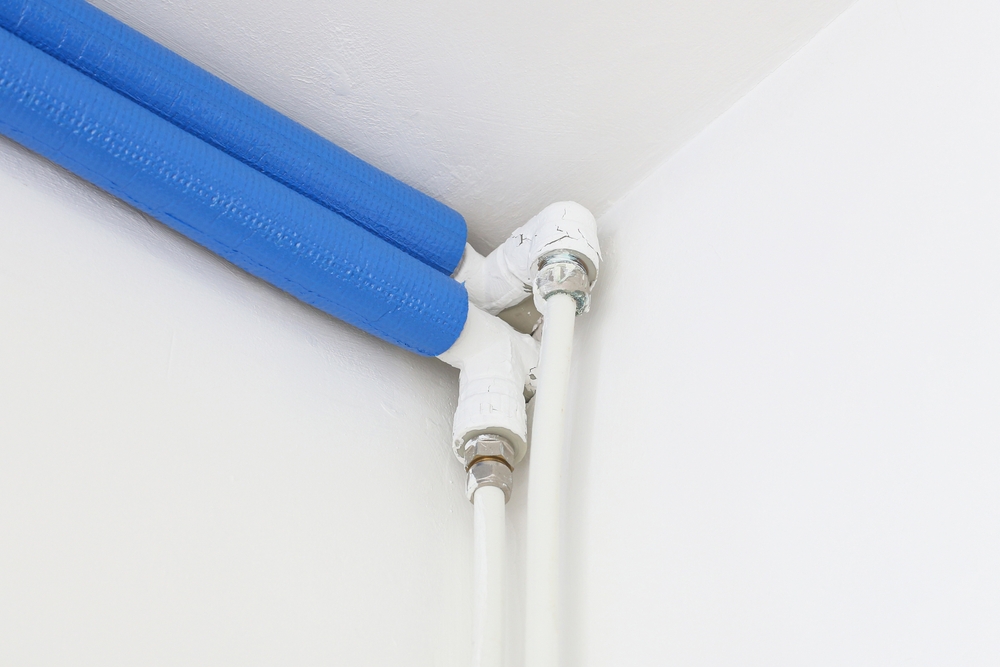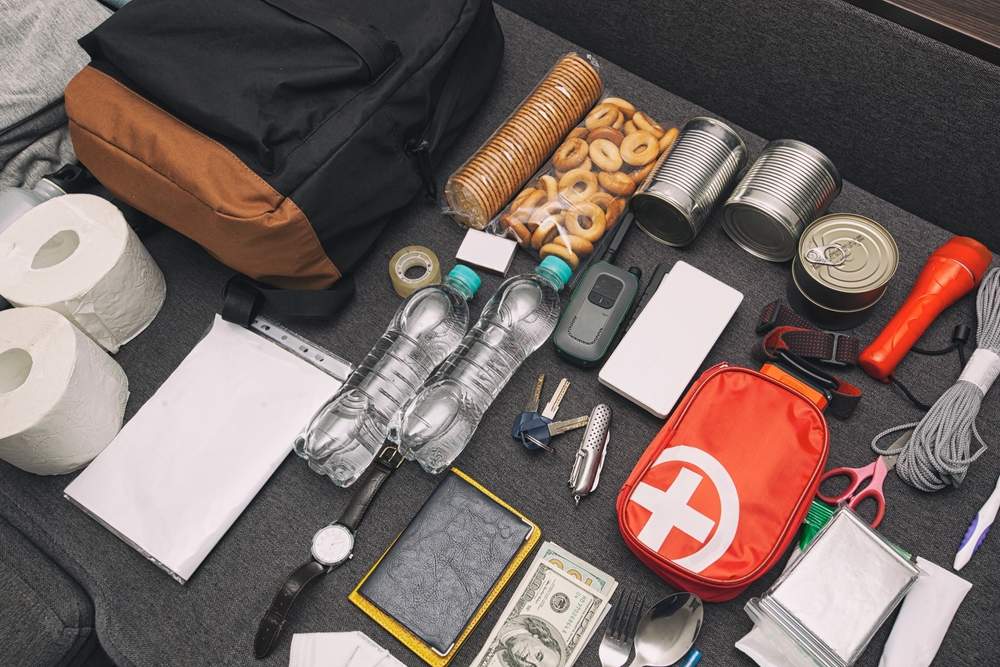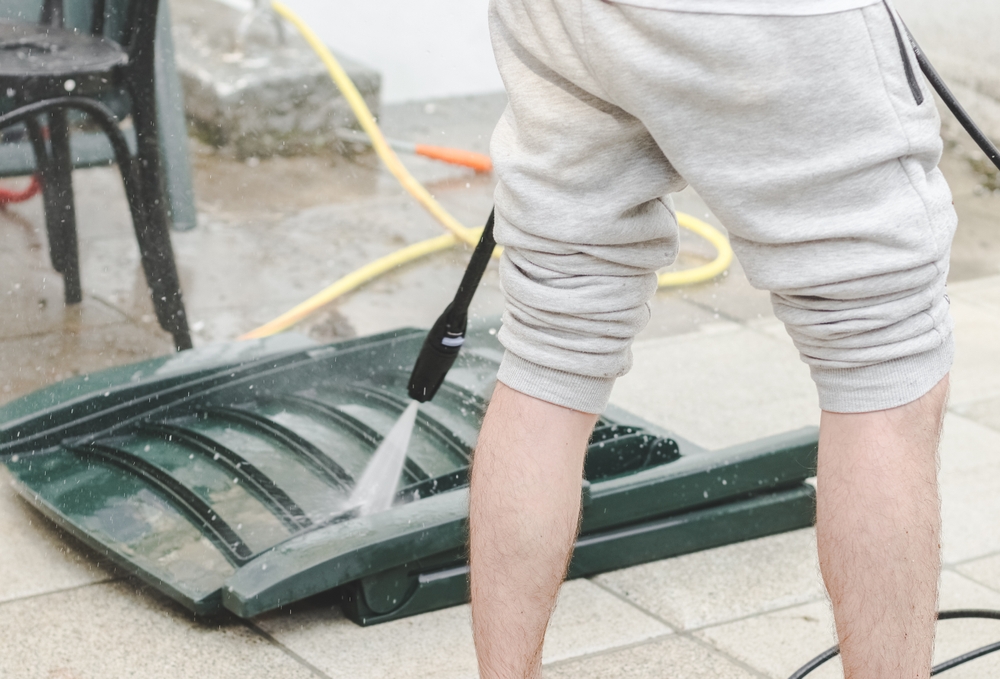12 Simple Home Tasks to Tackle in November Before the Cold Sets In
November is here, and the cold weather is fast approaching. It is a great time to tackle home tasks that will make your space more comfortable and energy-efficient. A little effort now can save you time and money later in the season. By preparing your home before the temperatures drop, you will avoid last-minute worries.
This post may contain affiliate links, which helps keep this content free. Please read our disclosure for more info.
Seal Windows and Doors

Before the chill arrives, inspect your windows and doors for any gaps or cracks that might let cold air in. Even small leaks can make your heating system work harder, increasing your energy bills. You can easily seal these gaps with weatherstripping or caulk to ensure a warmer home. A little attention to this now will keep the cold out and save you money in the long run.
Properly sealed windows and doors also help keep moisture at bay, preventing issues like mold or frost buildup. This task is particularly important if you live in an area where winter is harsh. Take a walk around your home and check for drafts, especially in the corners. It is a simple but effective way to prepare for the upcoming season.
Clean Gutters

As autumn leaves fall, your gutters can quickly become clogged, leading to water backup and potential damage. Cleaning out your gutters before winter helps ensure that rainwater can flow freely, preventing leaks and flooding. Grab a sturdy ladder, some gloves, and a small scoop to clear out leaves and debris. This task is best done before the first heavy rain or snow.
If your gutters are particularly high, consider using a leaf blower or investing in a professional cleaning service. Clogged gutters can cause ice dams during the winter, which can damage both your roof and foundation. Taking the time to clean them now can prevent bigger problems down the road.
Insulate Exposed Pipes

Exposed pipes are especially vulnerable to freezing temperatures in winter, which can lead to costly damage. Insulating your pipes with foam sleeves or fiberglass can help prevent them from freezing and bursting. Focus on pipes located in unheated areas like basements, attics, and crawl spaces. This task is a relatively simple fix that could save you from a much bigger headache later.
If you have older pipes, consider replacing them with more durable materials that better withstand freezing temperatures. For extra protection, you can also use heat tape, which warms the pipes when temperatures drop. Insulating pipes now ensures they stay functional and reduces the risk of expensive repairs.
Clean the Fireplace

If you have a fireplace, take time to clean it before you light your first fire of the season. Remove any soot or ash from previous use and ensure that the chimney is clear of debris. A chimney sweep service can help if you have not had the chimney cleaned recently. This task helps prevent chimney fires and ensures a safe, pleasant fire experience.
In addition to cleaning, check for any damage to the flue or seals. A proper seal will prevent smoke from entering your home, making your fire more enjoyable. Cleaning your fireplace now means you can start the season safely and avoid unpleasant surprises later on.
Inspect Roof for Damage

Before snow and ice accumulate, it is a good idea to inspect your roof for any visible damage. Check for loose or missing shingles, as these can lead to leaks when snow melts or rain falls. If you notice any issues, it is important to address them promptly to prevent further damage. Repairing a roof now can save you from more costly repairs later in the season.
You may want to hire a professional roofer to conduct a thorough inspection, especially if your roof is steep or difficult to access. Small problems that are left unchecked can become big issues in the winter months. Stay ahead of any roofing concerns to keep your home dry and safe.
Test Smoke and Carbon Monoxide Detectors

Before you rely on your heating system, make sure that your smoke and carbon monoxide detectors are functioning properly. Replace the batteries and test each one to ensure they are working. These detectors are critical in keeping your home safe during the colder months when the heating system is running more often. Taking the time to do this simple task could save lives.
If your detectors are more than 10 years old, it may be time to replace them. Modern detectors have improved features, including better sensitivity to smoke and carbon monoxide. Testing them now ensures that you and your family are protected from potential hazards during the winter months.
Check and Replace Weather Stripping

Weather stripping around doors and windows helps keep warm air inside and cold air outside. Over time, the material can wear out or become damaged, which leads to drafts. Take the time this November to inspect the weather stripping around your windows and doors, and replace it if necessary. It is an inexpensive fix that makes a noticeable difference in comfort.
If you find gaps in your weather stripping, replace it with new material designed for energy efficiency. This small change can help maintain a consistent temperature inside your home, reducing your heating costs. Making sure everything is sealed properly will ensure your home stays cozy all winter long.
Organize Winter Gear

Before the cold weather settles in, it is a good time to organize your winter gear, such as coats, hats, scarves, and boots. Take stock of what you have and donate or discard items that no longer fit or are in poor condition. Ensure that everything is easily accessible for the first chilly days ahead. This task makes mornings more manageable when you need to get out the door quickly.
You might also want to add a few new items to your collection if your current gear is worn out. Make sure to store your gear properly so that it stays in good condition throughout the season. An organized closet makes it easy to find what you need when the temperatures drop.
Stock Up on Emergency Supplies

Winter storms can come out of nowhere, leaving you stranded at home for days. To be prepared, stock up on emergency supplies, such as bottled water, non-perishable foods, extra blankets, and batteries. It is always better to be over-prepared than underprepared when it comes to potential winter emergencies. You should also check your first aid kit and replenish any missing items.
Consider adding extra flashlights, a battery-powered radio, and a portable phone charger to your emergency kit. A well-stocked emergency supply stash ensures that you and your family can stay safe and comfortable during a storm. Take the time to check your supplies now and rest easy knowing you are ready for whatever comes your way.
Trim Overgrown Trees and Shrubs

November is the ideal time to trim trees and shrubs before the weight of snow causes any damage. Look for any branches that are too close to the house, power lines, or walkways and trim them back. Overgrown branches can break off during heavy snow, causing damage to your home or yard. Cutting back now reduces the risk of winter damage and keeps your landscape neat.
Pruning also promotes healthy growth come spring, allowing your plants to thrive. Make sure to remove any dead or damaged branches to prevent future problems. This simple task keeps your yard looking good while protecting your property from unnecessary harm during winter weather.
Clean and Store Outdoor Furniture

If you have outdoor furniture, now is the time to clean and store it properly for the winter. Wipe down cushions, chairs, and tables to remove dirt and debris before they are exposed to the elements. Storing your furniture in a shed, garage, or under a tarp will protect it from moisture, preventing mold and mildew. This will help your furniture last longer and stay in good condition for next spring.
If you cannot store it indoors, consider using outdoor furniture covers to protect the items from snow and rain. Taking this step will save you from having to replace expensive furniture next year. Proper care now extends the life of your outdoor pieces, keeping them ready for use when warmer weather returns.
Prepare Your Car for Winter

Finally, do not forget to prepare your car for winter. Check the tire pressure, replace worn-out windshield wipers, and top off fluids like antifreeze and oil. A well-maintained car can handle winter conditions more effectively, helping you avoid breakdowns during a snowstorm. Winter tires may also be a good investment if you live in a region with heavy snow and ice.
Keep an emergency kit in your car, including a blanket, flashlight, non-perishable snacks, and extra water. Taking these small steps now ensures that your vehicle remains reliable throughout the cold months. A little attention to your car now can make a big difference when you need it most.
This article originally appeared on Avocadu.
